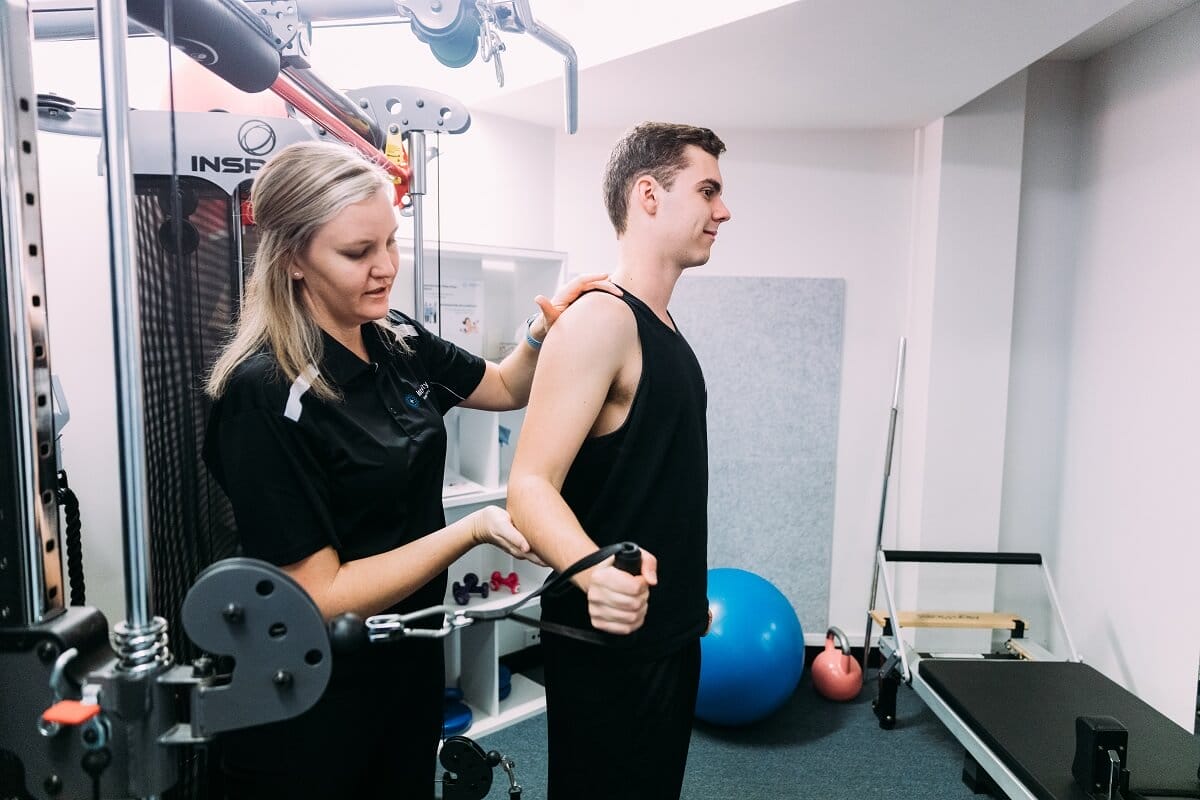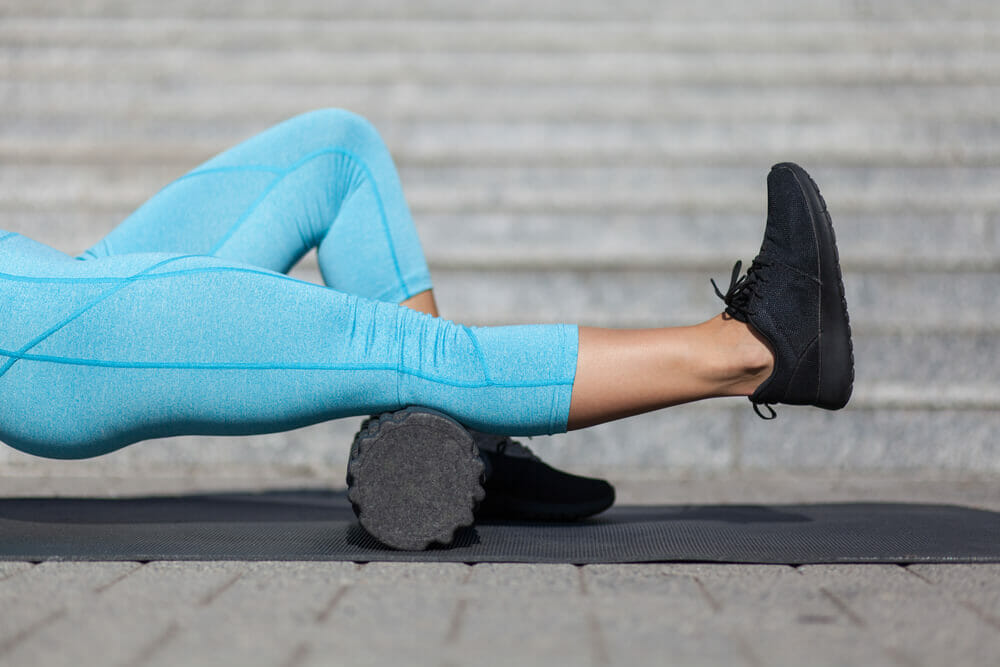
For many people, prolonged sitting comes hand in hand with their usual workday. In fact, it’s estimated that adults spend around 50-70% of their day performing sedentary activities. Consequently, it is often easy to dismiss this as a routine part of adult life, however our bodies were not made to spend an excessive amount of time sitting or lying down, which means the effects of sitting too much can be detrimental to your health.
According to Safe Work Australia, “Over 7 hours a day of sedentary behaviour is too much.” Health problems from sitting for extended periods can remain even if you include daily exercise in your routine.
You don’t have to resign yourself to a sedentary lifestyle, here’s a little bit more about the effects of prolonged sitting and tips on how to increase your movement throughout the day.
How Does A Sedentary Lifestyle Affect Your Body?
Humans are built to stand upright. Our bowel and cardiovascular systems work more effectively that way. When you are physically active, your overall energy levels and endurance improve, you reduce your risk of developing type 2 diabetes, and your bones maintain their strength.
Here’s a look at exactly what you could be sacrificing if your sedentary behaviour is excessive.
Legs And Gluteals
Weakening and wasting away of the large leg and gluteal muscles can occur as a result of excessive sitting, leading to an increased likelihood of falls or injuries when you exercise.
Hips And Back
Like your legs and gluteals, your hips and back will not support you as effectively if you partake in too much sedentary behaviour. Sitting causes your hip flexor muscles to shorten, which can lead to issues with your hip joints.
Sitting with poor posture can also negatively affect your spine health via compression on the discs, which can lead to painful premature degeneration.
Anxiety And Depression
Dopamine, the brain’s ‘happy hormone’, is released when you are active and exercising. Prolonged sitting means you are not benefitting from the positive effects of physical activity, which can be a contributing factor to poorer mental health.
Weight Gain
Moving causes your muscles to release molecules like lipoprotein lipase, which helps process the fats and sugars you eat. However, prolonged sitting means the release of these molecules is lessened and you’re more likely to gain weight, even if you exercise.
Cancer And Heart Disease
Though the exact reasons for it aren’t entirely clear, gaining extra weight puts you at greater risk of developing some types of cancer.
You are also at a higher risk of cardiovascular disease when you continue to sit for long periods. This is in part due to sedentary behaviour increasing the risk of developing diabetes and high blood pressure.
Varicose Veins And Deep Vein Thrombosis
Sitting causes blood to pool in your legs and doing so for a long period of time can lead to varicose veins. They aren’t usually dangerous but in rare cases they can lead to deep vein thrombosis—or a blood clot that forms in the veins of your leg. If this clot were to break off, it could cut off blood flow to other parts of the body including your lungs, which could turn into a medical emergency.

Tips On Reducing The Risks Of Sedentary Behaviour
Incorporating more activity into your everyday life can help build a great, healthy routine, and reduce the effects of sitting too much.
Some simple ways to increase your daily activity are:
- Walking or cycling to your destinations
- Using the stairs instead of a lift or escalator
- Get off the bus one stop early and walk the rest of the way
- Rather than sitting down to read, listen to audiobooks while you walk, clean or work in the garden
- Try some gentle stretches in the morning or evening to bring more motion to your body
- Set time limits on sedentary behaviour; try setting a timer to turn off your TV
If you want to incorporate more movement into your week, there are plenty of activities designed to keep you away from a sedentary lifestyle.
Being Active—And Safe
If you have any health conditions that may affect what kinds of physical activity you should partake in—or if you’re simply new to physical activity—speak to your doctor before you get started. They can help you decide on an active routine that is catered to your specific needs.
A great option to consult with your doctor about is seeing a physio for back pain or other specific health needs. Qualified physiotherapists can understand exactly what your body needs and help you to manage a range of health conditions.
Being Active At Work
For many people, the majority of their time at work is spent sitting. Here are some ideas on how to reduce sedentary behaviour and spend more time standing throughout the workday.
- Go for a walk at lunch if possible
- Take the stairs instead of the lift
- Organise walking meetings with colleagues
- Move the bin away from your desk so you have to get up to throw something away
Being Active Indoors
Spending your day indoors doesn’t mean you can’t keep active. Whether you walk around the house when on the phone or set reminders for squat, sit-up or lunging breaks, every extra step is one in the right direction.
Here are some more indoors activities to try:
- Dancing
- Martial arts
- Swimming at an indoor pool
- Yoga
- Squash

How Integrity Physio Can Help
Unfortunately, it is becoming ‘normal’ to sit for the vast majority of our day. In fact, people often don’t realise how long they spend doing sedentary activities. Our team of experienced physiotherapists at Integrity Physio Como can help you reduce how much time you spend sitting and learn how to improve your posture, which is the first step to improving your wellbeing.
If you’re suffering from discomfort caused by the effects of sitting too much, contact us today to book an appointment with one of our highly trained physios.



